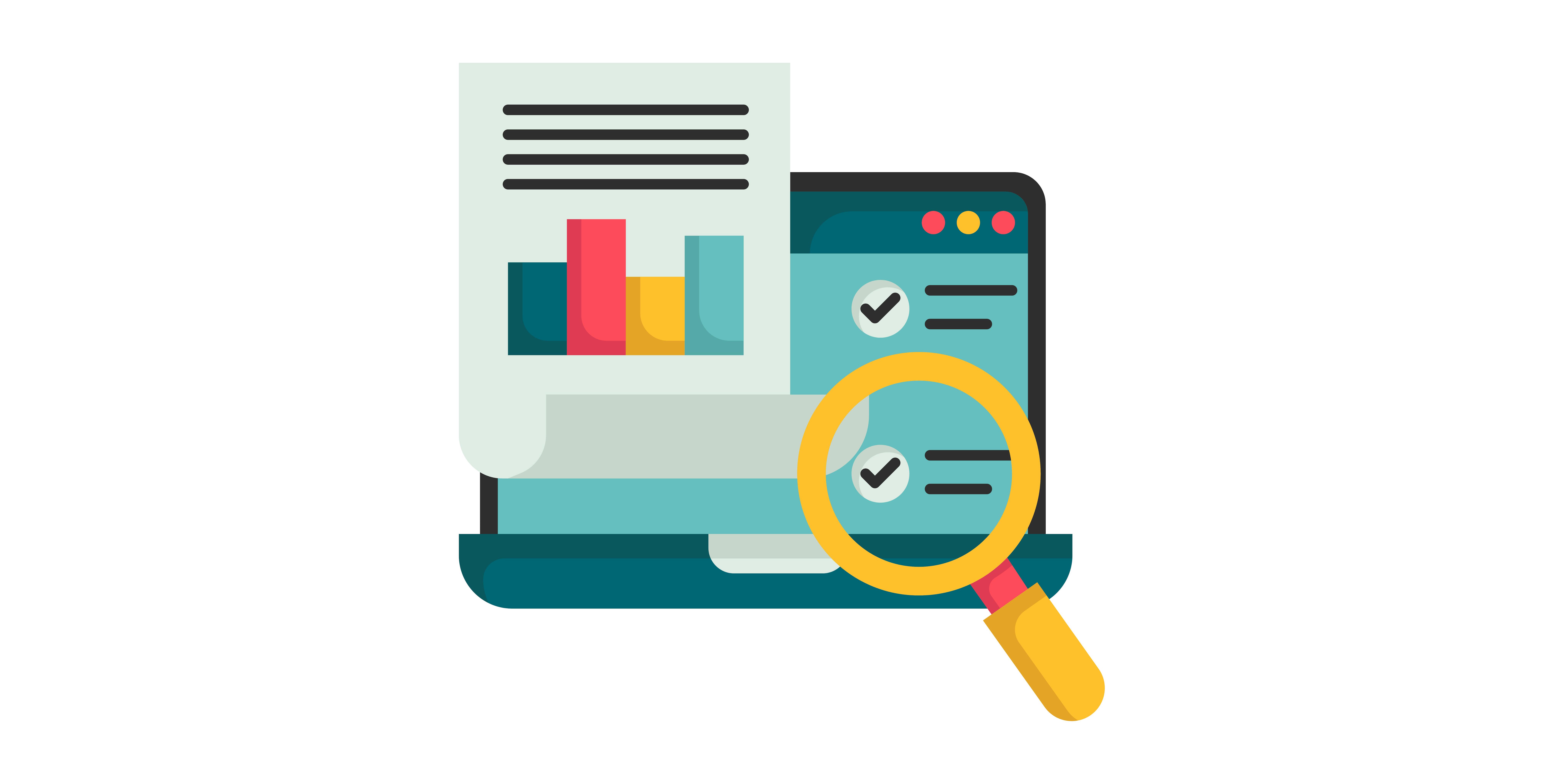We all know it: the backbone of any organization lies within its IT infrastructure, a complex web of technology that demands meticulous oversight to safeguard against the myriad of threats lurking in the digital shadows. Technical and security audits emerge as the twin sentinels in this ongoing battle, offering a robust shield against potential breaches while ensuring the machinery of an entity hums with efficiency and reliability. This article serves as a comprehensive guide, illuminating the path to understanding, implementing, and benefiting from these crucial audits.
Understanding Technical and Security Audits
1. Definition and Purpose
At their core, technical and security audits are systematic evaluations designed to dissect the intricacies of an organization's IT infrastructure. The primary objective of these audits is to ensure the digital heart of a company beats strongly, free from the clutches of cyber threats, inefficiencies, and operational hiccups. Through a detailed examination, these audits reveal the strengths and vulnerabilities within systems, paving the way for fortified security, enhanced performance, and unwavering reliability.
2. Key Components of the Audits
a. Technical Audit
The technical audit dives deep into the organization's technical sphere, scrutinizing software, hardware, operations, and system performance. It assesses scalability and adherence to best practices, ensuring the technical infrastructure is not only robust but also poised for future growth and challenges.
b. Security Audit
Conversely, the security audit zeroes in on safeguarding data and ensuring the organization's digital fortresses are impregnable against unauthorized access, breaches, and cyber threats. It evaluates the effectiveness of security measures, from firewalls to encryption protocols, ensuring the sanctity and confidentiality of data.
The Audit process: A step-by-step guide
1. Planning
The planning phase is the foundation of a successful audit. It involves identifying the audit's objectives, scope, and methodology. Objectives define what the audit aims to achieve, such as assessing compliance with specific regulations or evaluating the security of the IT infrastructure. The scope outlines the boundaries of the audit, determining which systems, networks, and processes will be examined. Methodology refers to the techniques and tools that will be used during the audit, including software for automated scanning and frameworks for assessment. Effective planning ensures that the audit is focused, efficient, and aligned with the organization's strategic objectives. It also involves stakeholder engagement, ensuring all relevant parties are aware of and prepared for the audit process.
2. Assessment
In the assessment phase, auditors collect data on the organization's IT systems and practices. This involves reviewing documentation, interviewing staff, and examining the IT infrastructure's architecture and configurations. The goal is to gain a comprehensive understanding of the IT environment, identifying how data flows through the system, the controls in place to protect it, and the procedures for maintaining system integrity. This phase is critical for identifying both strengths and areas of improvement, providing a baseline for measuring the effectiveness of current practices against industry standards and best practices.
3. Testing
Testing is where theoretical assessments meet practical evaluation. Auditors conduct vulnerability scans to identify known security weaknesses in software and hardware components. Penetration testing, or ethical hacking, simulates cyber attacks to test the resilience of the IT infrastructure against unauthorized access. Code reviews involve examining source code to identify security flaws or inefficiencies. This hands-on approach allows auditors to uncover vulnerabilities that might not be evident through documentation review or interviews, providing valuable insights into the real-world security posture of the organization.
4. Reporting
Reporting consolidates the findings from the audit into a comprehensive document that outlines identified risks, vulnerabilities, and areas of non-compliance. It should clearly detail the audit's scope, methodology, and findings, including evidence and examples to support the conclusions drawn. The report also prioritizes the risks based on their potential impact, helping the organization focus on critical areas first. A well-structured report is essential for communicating the audit's outcomes to stakeholders, serving as a roadmap for addressing identified issues.
5. Recommendations
Based on the audit's findings, auditors provide actionable recommendations for addressing identified risks and vulnerabilities. These recommendations are tailored to the organization's specific context, considering factors like resource availability, business priorities, and risk tolerance. They may include technical fixes, changes in processes or policies, and suggestions for implementing new security measures. Recommendations aim to strengthen the organization's IT infrastructure, improve compliance, and enhance overall security.
6. Follow-up
The follow-up phase ensures that the recommendations made during the audit are implemented effectively. It involves re-evaluating the areas of concern to ensure that the remedial actions have addressed the issues as intended. This phase may include additional testing and assessment to verify that changes have not introduced new vulnerabilities. The follow-up is crucial for closing the loop on the audit process, ensuring that the organization not only understands the audit's findings but also takes concrete steps to enhance its IT environment.
Importance of regular audits
1. Risk Management
Regular technical and security audits are foundational to effective risk management within an organization's IT infrastructure. By systematically identifying vulnerabilities and potential threats, these audits enable organizations to proactively address issues before they escalate into serious security breaches or system failures. This preemptive approach to risk management not only secures data and assets but also minimizes downtime, safeguarding the organization's reputation and financial stability. Through detailed risk assessment and mitigation strategies, audits provide a roadmap for enhancing security measures and operational resilience.
2. Compliance
In today's regulatory environment, staying compliant with industry standards and legal requirements is crucial. Regular audits are key to ensuring that an organization's IT practices align with laws such as the General Data Protection Regulation (GDPR) in Europe, the Health Insurance Portability and Accountability Act (HIPAA) in the United States, and other relevant cybersecurity frameworks. These audits assess the organization's adherence to regulatory mandates, identifying gaps and recommending improvements to meet compliance requirements. By doing so, they not only protect the organization from potential fines and legal issues but also build trust with clients and stakeholders by demonstrating a commitment to data protection and privacy.
3. Performance optimization
Audits are not solely focused on identifying risks and ensuring compliance; they also offer valuable insights into the efficiency and effectiveness of an organization's IT infrastructure. By evaluating system performance, scalability, and operational practices, audits can uncover inefficiencies, redundant processes, or underutilized resources that hamper productivity. Recommendations provided during the audit process aim to optimize performance, ensuring that the IT infrastructure is not just secure but also streamlined and agile. This optimization leads to improved system reliability, faster response times, and enhanced user satisfaction, driving overall business success.
4. Security enhancement
The dynamic nature of cyber threats necessitates an equally dynamic approach to security. Regular technical and security audits are critical for continuously assessing and enhancing an organization's security posture. Through comprehensive evaluations, including vulnerability scans and penetration testing, audits identify weaknesses in the security framework that could be exploited by cybercriminals. By staying ahead of emerging threats and adapting to new security challenges, audits help organizations fortify their defenses, ensuring the confidentiality, integrity, and availability of data. This ongoing process of security enhancement is vital for protecting against data breaches, cyber attacks, and other security incidents that could have devastating consequences.

Case studies and references
Real-world examples underscore the transformative impact of technical and security audits. By referencing studies and articles from reputable sources such as IEEE and ISACA, this guide not only builds its credibility but also offers readers a gateway to further exploration and understanding.
Best practices for conducting Technical and Security Audits
To reap the full benefits of technical and security audits, organizations should consider engaging experienced professionals and employing sophisticated tools. These best practices ensure a thorough and effective audit process, uncovering and addressing potential vulnerabilities with precision.
If you would like to read more on this subject, we recommend our friends from Perspective Risk and Audit Board
Also, our partners for security audits, CTDefence are always here to help you find any threats you might not know of!
To wrap up
Technical and security audits are not just routine checks; they are essential practices that protect and enhance the IT infrastructure of organizations. By following the guidelines outlined in this article, entities can ensure their digital operations remain secure, efficient, and aligned with best practices. The value of these audits cannot be overstated, serving as the cornerstone for safeguarding digital assets in an increasingly interconnected world.
Engage with us in the comments below with your questions, experiences, or to schedule a consultation. Let's navigate the complexities of IT infrastructure together, ensuring a secure and efficient digital future for your organization.
The world will not be destroyed by those who do evil, but by those who watch them without doing anything.



